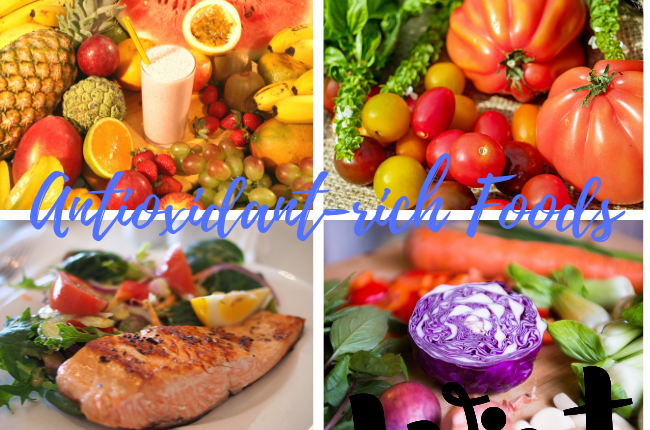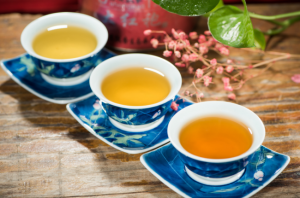Have you ever wanted to escape reality and relax for a few minutes? Guided imagery can allow you to free your mind and body from stress alone or with help.

Guided imagery is used to aid in relaxation for people suffering from anxiety or depressive disorders. According to WebMD, “guided imagery is based on the concept that your body and mind are connected.” Guided imagery uses your five senses to promote a state of well-being. Guided imagery is a safe treatment to use in conjunction with other mental health treatments, but should be practiced with or by someone trained in imagery techniques.
Using Guided Imagery as a Therapist
Using guided imagery with your clients can be a beneficial part of a therapy session. Guided imagery should be used in conjunction with talk or cognitive-behavioral therapy. Use a guided imagery exercise at the beginning or end of a therapy session to promote relaxation, openness and feelings of safety and well-being.

First, instruct your client to a sit in a comfortable chair or sofa. Your client should lean back, place his feet flat on the floor and relax his arms and legs. Ask your client to close his eyes or gaze at the floor, depending on which is more comfortable. Dim the lights and turn on a white noise machine if you are using it.
Instruct your client to breathe in deeply, hold the breath for a few seconds and release it. Have your client continue to breathe in and out while you instruct him to relax and remain calm. Say things such as, “Focus on the breath as it enters and leaves your lungs” or “Breathe in, hold it, and release.” Continue to focus breathing for approximately 3 to 5 minutes.
As a therapist, you can choose to either read the chosen script or develop a scenario of your own. Before beginning the scenario, tell your client to attempt to hear the sounds, feel the sensations, and see, taste and smell the scene as you describe it. For example, if the scene being described is a beach, you would use a script such as, “Imagine yourself on a quiet beach, the waves crashing on the shore. Feel the sea breeze through your hair and the sand between your toes. Smell the salt in the air and watch a dolphin break the surface of the ocean water.”
Continue to follow the script or scene to the end. Prior to the exercise ending, give a countdown from 10 or 20 to prepare your client for the end of the guided imagery. Remind him to stay relaxed and focused when the script is finished. Use phrases such as, “When I count to ten, we will be finished and you will continue to feel relaxation” or “Open your eyes and return to the room on the count of ten.”
Repeat as necessary or at the end of an intense therapy session for your client’s stress or anxiety symptoms.
Using Guided Imagery as a Client
Guided imagery can be used almost anywhere you may experience stress or anxiety. If you feel stress beginning to take over your life, stop and count to three. Begin taking in the deep breaths learning during the guided imagery exercise. Close your eyes if necessary (but obviously not if it would be a safety risk.) Think about your “safe” place or recall a fond memory or scene, such as the beach described above (or another relaxing scene.) Focus on this scene until you feel the stress or anxiety pass by. You can also focus solely on the breathing to relax as well.
 Tips For Guided Imagery
Tips For Guided Imagery
- Deep breathing is key for guided imagery exercises. It is physically unlikely to feel stressed (usually accompanied by shallow breathing) while taking in deep breaths. Sometimes breathing on its own is enough to eliminate the stress. A white noise machine, fan or other background noise can help you or your client to relax more deeply and eliminate outside distractions.
- As a therapist, you should speak in a monotone voice, read the script slowly and follow your client’s lead. If possible, have the client come up with several scenarios you could read to him over the course of several sessions. These scenarios are more likely to stay in the client’s mind, making it more likely he will use them outside of a session to aid in relaxation.
- As a client, you should fully invest in the scenario. Truly attempt to see, taste, feel, smell and hear what is being described. The more fully you engage in the exercise, the more likely you will feel the deep relaxation guided imagery is intended to bring.

 Link Between Stress and Health
Link Between Stress and Health
 Herbal teas, especially chamomile tea, are relaxing and induce sleep, thus alleviating stress. Teas made of sage leaves and rose hips are also soothing. A number of herbs, including the holy basil, are used in ayurveda (the traditional Indian system of medicine) to reduce stress. Warm milk with honey and cinnamon or just honey in hot water are popular home remedies.
Herbal teas, especially chamomile tea, are relaxing and induce sleep, thus alleviating stress. Teas made of sage leaves and rose hips are also soothing. A number of herbs, including the holy basil, are used in ayurveda (the traditional Indian system of medicine) to reduce stress. Warm milk with honey and cinnamon or just honey in hot water are popular home remedies.